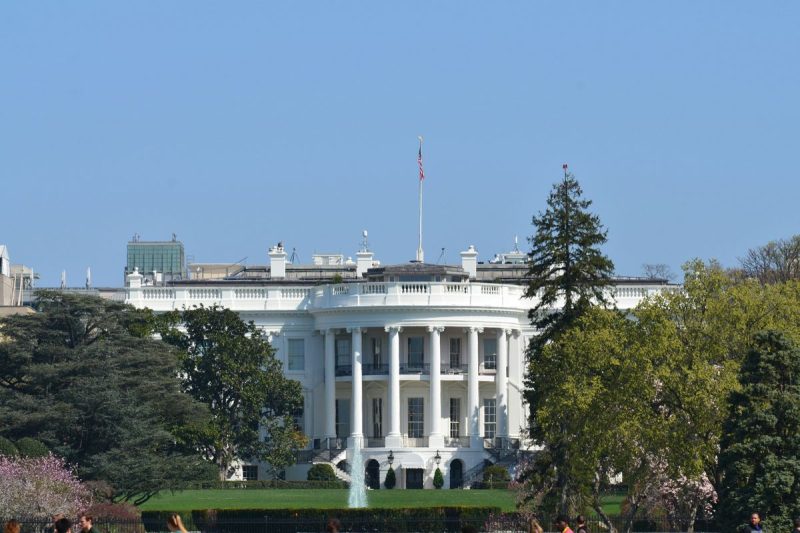In a recent study conducted by S&P Global Market Intelligence, it was found that mine development times in the United States are lagging behind many other countries around the world. This trend raises concerns about the country’s ability to keep up with the increasing global demand for minerals and metals. Let’s delve deeper into the key findings and implications of this study.
One of the major findings of the study is that the average time it takes to develop a mine in the United States has increased significantly over the past decade. The report showed that the average time from initial discovery to production for new mines in the U.S. has more than doubled since 2009, from around 8 years to 17 years. This delay can be attributed to various factors, including regulatory hurdles, permitting processes, and community opposition.
Comparing the U.S. with other countries, the study revealed that countries like Canada, Australia, and Chile have significantly shorter mine development times. For example, the average mine development time in Canada is around 11 years, while in Australia and Chile it hovers around 9 years. This discrepancy highlights the need for the U.S. to streamline its regulatory processes and incentivize investment in mining projects to remain competitive on the global stage.
The prolonged mine development times in the U.S. can have far-reaching implications for the country’s economy and national security. A sluggish mining sector limits the domestic production of critical minerals and metals, making the country more dependent on imports. This overreliance on foreign sources poses risks to the supply chain and can disrupt various industries that rely on these materials, such as technology, defense, and renewable energy.
Moreover, delays in mine development can deter investors from putting their capital into U.S. mining projects, redirecting investments to countries with more efficient permitting processes and lower regulatory burdens. This capital flight can hamper job creation, economic growth, and innovation in the U.S. mining sector, further exacerbating the country’s competitiveness in the global market.
To address the challenges posed by lengthy mine development times, stakeholders in the U.S. mining industry, including government agencies, mining companies, and local communities, need to collaborate effectively. Streamlining the permitting processes, enhancing regulatory certainty, and fostering open dialogue with local communities are crucial steps towards expediting mine development timelines in the country.
In conclusion, the study by S&P Global Market Intelligence underscores the urgent need for the United States to revamp its approach to mine development to remain globally competitive. By addressing the factors contributing to lengthy mine development times, the U.S. can unlock its vast mineral potential, spur economic growth, and enhance its resilience in the face of evolving geopolitical and economic challenges.



























